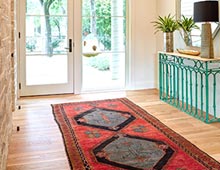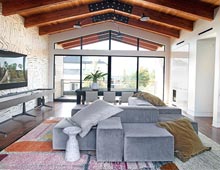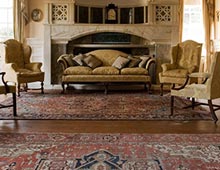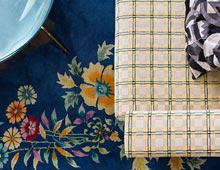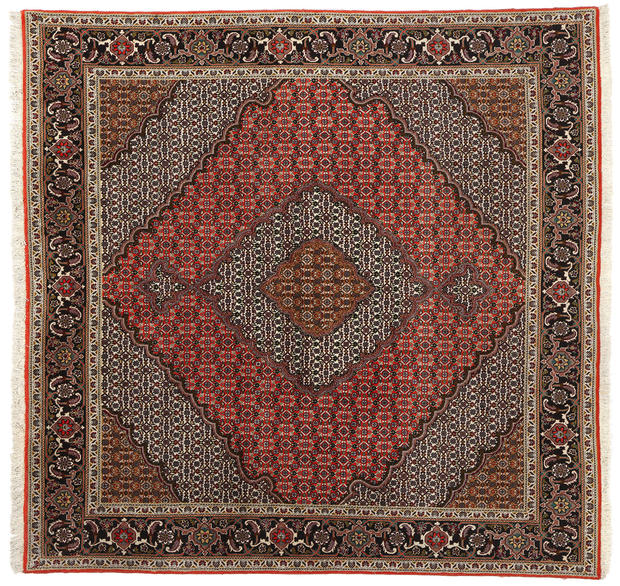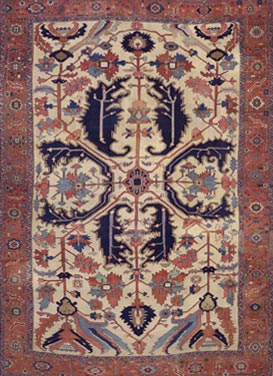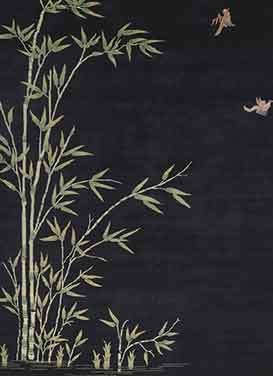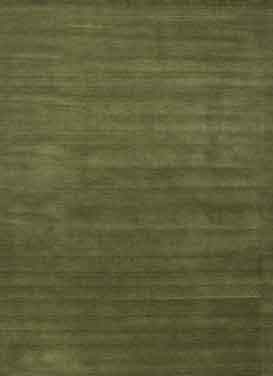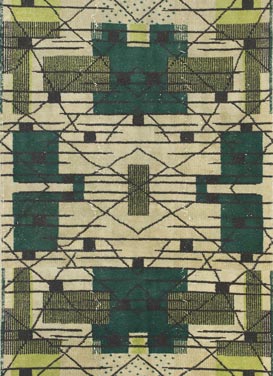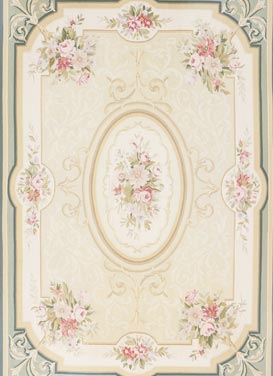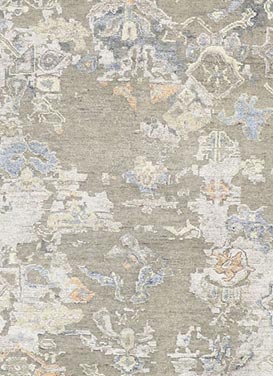- Inquiry
Description
78781 Square Vintage Persian Mahi Tabriz Rug, 06'08 x 06'09.
Nestled amidst the majestic Sahand Evnali mountains in Azerbaijan, Iran, lies the captivating Quru Valley, housing the alluring city of Tabriz. Revered for its exquisite handcrafted carpets, Tabriz boasts a legacy as the preeminent producer of Iranian rugs, with its Mahi Tabriz Rugs standing out for their unique design. Distinguished by rosettes encircled by vine scroll rhombuses and saz leaves, these Mahi Tabriz rugs are celebrated for their meticulous detailing and timeless color combinations. The Mahi motif, evoking images of fish gracefully swimming in a pond, emanates sophistication and allure, with its symmetrical four-way design seamlessly blending into intricate patterns or standing alone with grace. From border embellishments to central medallions, the Mahi pattern adorns various styles of Persian Tabriz rugs, prized by collectors and interior designers alike for their enduring elegance and cultural importance.
The rarity of encountering a 7 x 7 square Persian Mahi Tabriz rug of this caliber cannot be overstated. Such pieces were crafted in limited quantities, and their exceptional condition, distinctive attributes, and scarcity in the market render them truly rare finds.
Step into a realm of timeless allure and refined elegance with this exquisite hand-knotted wool vintage Persian Mahi Tabriz rug, where every thread weaves a story of enduring beauty and traditional craftsmanship. Meticulously crafted by skilled artisans, this Mahi Tabriz rug exudes opulence with its ornate details and majestic color palette, enveloping any space with an air of regal sophistication. At the heart of this masterpiece lies a mesmerizing concentric lobed medallion, gracefully anchored by palmette trefoil pendants, while an enchanting allover pattern of delicate Herati motifs adorns the lavish red backdrop.
Immerse yourself in the historical richness of the Classic Herati pattern, an iconic Persian design that whispers tales of tradition and cultural heritage. Also known as the Mahi or Fish pattern, it features a captivating interplay of a central flower nestled within a diamond, embraced by curving lanceolate leaves that evoke the graceful movement of fish swimming beneath the moonlit waters. As you tread upon this rug, you're transported to the mystical depths of Iranian culture, where the Herati motif symbolizes the dance of life beneath the serene surface, illuminated by the ethereal glow of the full moon's reflection.
Delving deeper into the intricacies of this rug's design, one cannot help but marvel at the elaborate corner spandrels, intricately echoing the Herati motif with their delicate acanthus vinery, adding layers of refinement and sophistication to the composition. Framed by a traditional Persian border and enclosed by carnation meander guard borders, this rug pays homage to the rich heritage of Tabriz, a city revered for its unparalleled mastery of handcrafted carpets that stand as timeless testaments to Persian artistry and craftsmanship.
- Rendered in variegated shades of red, black, beige, brown, verdigris, lavender-gray, maroon, tan, green, taupe, gold, russet, and greige with other accent colors.
- Abrash.
- Hand knotted wool.
- Made in Iran.
- Measures: 06'08 x 06'09.
- Date: 1960s. Mid-20th Century.

